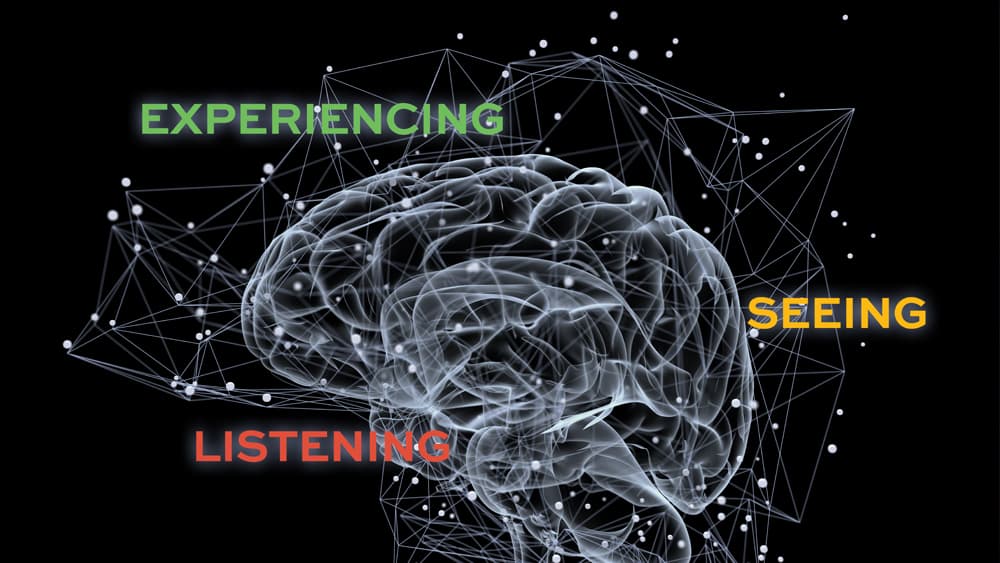Alignment
What is alignment? Why does it matter? And how can you create supply chain alignment in a company where functional silos are strong? Inchainge has long occupied itself with these questions and attempts to break down functional silos and align the complete value chain.
What is alignment in Value Chain Management?
We all know that for organizations to be successful they need to be aligned, ideally both in a vertical as in a horizontal sense. Vertical alignment exists when everybody from the CEO to the janitor knows, understands, and executes the mission of the organization. Horizontal alignment happens when different functional departments are working for the same common goal.
Alignment issues
Perhaps the biggest challenge of all is that people tend to focus only on their area to the exclusion of others. That self-centered approach can hamper overall success. Not only human tendencies can get in the way of alignment. Because of how organizations are structured, a majority of the employees are often too distant or completely removed from the ultimate goal and mission of the company.
Like a game of telephone, organizational goals cascade from the top of an organization to the bottom. Therefore, the goal often gets lost in translation. This can set the organization back big time. Talented workers that were hired to move company goals forward, may end up wasting their contributions on tasks unrelated to the company strategy. Another effect can be that workers simply do not see how their efforts contribute. As a result, they can become disengaged or even leave. These examples of misalignment can obviously make a huge impact on your bottom line.
Learn about alignment while experiencing it
To truly learn how powerful alignment can be, or the lack thereof can be, one needs to experience it. The reason for this is that a key element of alignment is that it hinges on collaboration and communication.
In Inchainge’s business simulation games, participants form a management team. Each participant heads a department, e.g. sales, finance, or supply chain. In order to be successful, the team needs to put a strategy in place. Subsequently, the team needs to derive departmental decisions from it. That is how they can take care of being vertically aligned. At the same time, the team needs to be mindful of trade-offs that exist within and between their departments. Sometimes suboptimal decisions in one or more departments lead to a better overall team result, which signals horizontal alignment.
KPI’s and alignment
Last but not least, business outcomes are measured and followed by KPIs. These KPIs can be selected by the team members. Some KPIs reflect the performance of one department, hence putting a focus on one’s own department only. Other KPIs demonstrate the performance of multiple departments or even the whole team. In this way, they further align.
Becoming aligned is something that one person cannot do on his or her own. It happens with colleagues, between departments, and so on. Reading a book about it or attending a lecture will simply not suffice. Experiential learning cannot be missed while learning about alignment.
Want to know more?
Now you know everything about alignment and how Inchainge’s business simulation games can provide you with a way to experience and learn about alignment. Do you want to experience alignment by participating in the business simulation games of Inchainge? Have a look at our business games page for more information.
 Now you know
Now you know
Now you know everything about alignment in Value Chain Management and how Inchainge’s business simulation games can provide you a way to experience and learn about this topic. You discovered how you can create supply chain alignment in a company where functional silos are strong. For organizations to be successful they need to be aligned, ideally in a vertical as in a horizontal sense. Becoming aligned is something that each department in any organization must work on. The key for alignment within a company, is, of course, communication and collaboration.
You might want to learn more about

Business games
A high-performing value chain needs the collaboration of team members from across the organization. Tearing down silos and creating the right cross-functional mindset, however, can be a serious challenge. So, what do you need in order to achieve success? Ideally, you’d like your team to experiment with different scenarios wherein they learn to overcome various obstacles.

Building (virtual) teams
Building teams and fostering teamwork is a crucial element in leading a successful business – within and across different departments. But challenges are waiting at every corner, particularly if cooperation has to happen virtually. With Inchainge’s simulations being playable online, we have become experts in making teamwork happen at a distance!

Experiential learning
Experiential learning is a powerful way of education that fosters numerous benefits. We truly believe that going through an experience, will result in a better and longer lasting understanding. What is experiential learning exactly? And why should it be implemented? In this article, Inchainge discusses everything you need to know about experiential learning.
Dive into our
knowledge base
Alignment
Blended learning
Experiential learning
Learning
Supply chain
Sustainability
- Sustainability
- Carbon footprint
- Circular Economy
- Does Green Governance drive the ride to a sustainable future?
- Everything You Need To Know About Eco-Efficiency
- Greenwashing: Everything you need to know
- Is it possible to measure the Triple Bottom Line?
- Sustainability v/s Circularity
- The 3Ps Series: People
- The 3Ps Series: Planet
- The 3Ps Series: Prosperity
- The Butterfly Diagram
- The Value Hill
- What are the 3Ps of Sustainability?
- What do we know about the Triple Bottom Line?
Value Chain

Hans Kremer
Co-founder and Director at Inchainge
Even before I knew it I took a huge interest in how supply chains, and value chains worked. As a kid I could be glued to a television screen on Wednesday afternoons, to watch short movies about how things were made.
This has resulted in me being a trainer and educator in managing supply chains and value chains. I hugely enjoy to train, educate and learn from others at the same time. An important part of my role is consulting Learning and Development officers. I have the privilege to support them in developing and rolling out learning programs, so they can deliver desired learning outcomes. What I am passionate about is Experiential Learning, since it is so powerful and fulfilling at the same time. For learners as well as for trainers and educators.
In the last 15+ years I have accumulated thousands of training “flight hours” in multiple industries both at home and abroad. I have extensive experience with face-to-face delivery, online delivery and blended learning formats. A significant part of my training sessions I spend on training other trainers.
